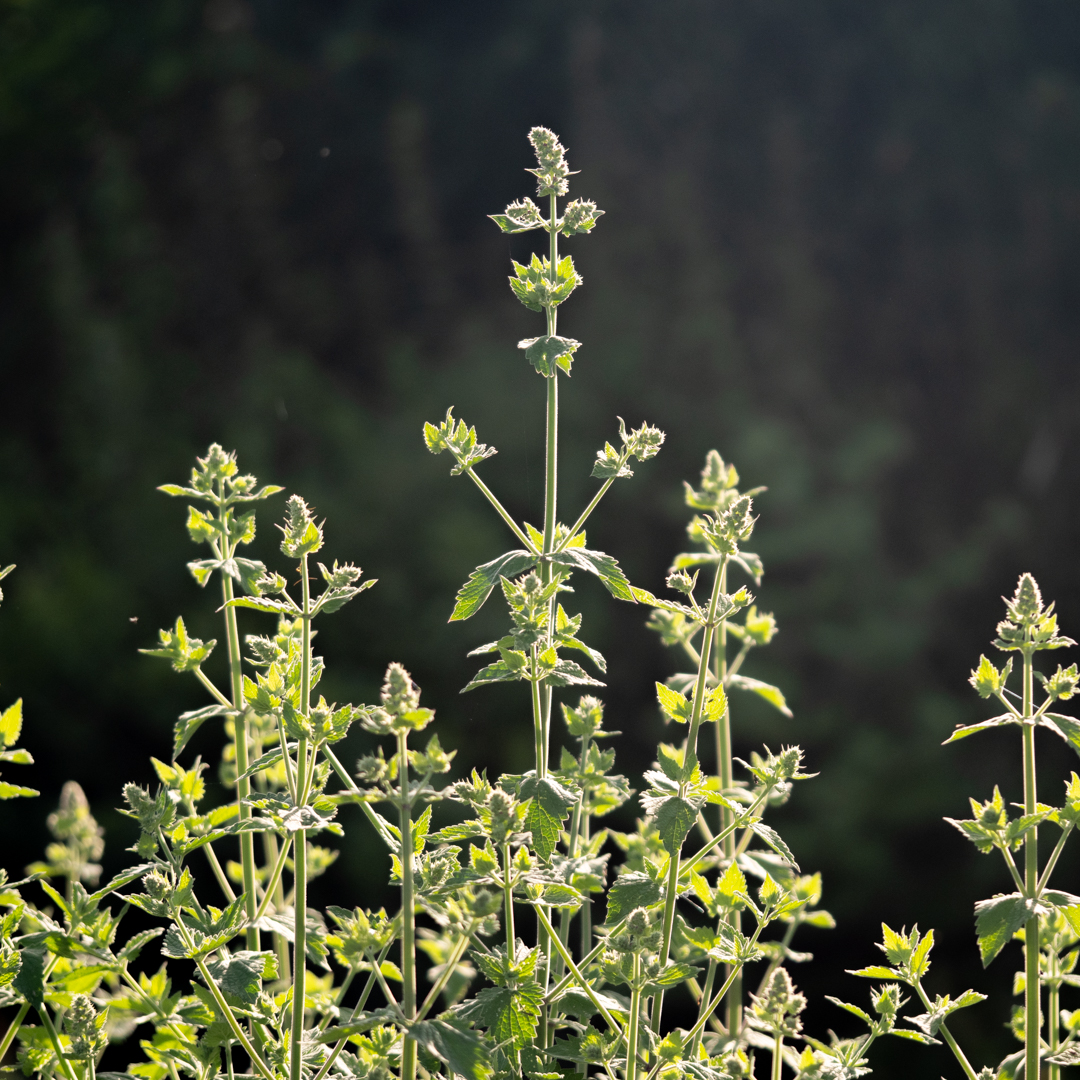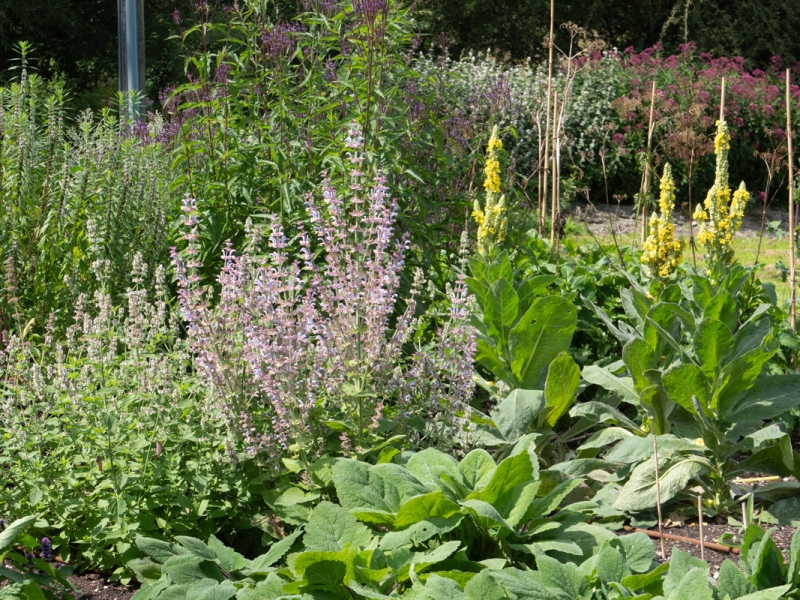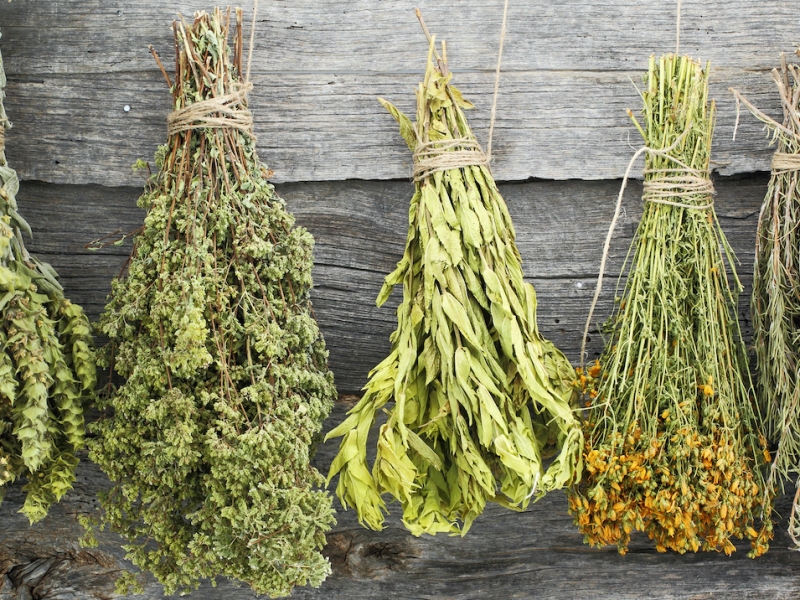Description
As well as sending your cat into euphoric rapture, catnip also has human-calming properties, and has traditionally been drunk as a warming tea to induce a sweat to shake off seasonal colds.
The frenzy that cats go into when they rub themselves in catnip has recently been discovered to be due to the phytochemical iridoid nepatalactol. It raises feel-good endorphin levels, encouraging the rubbing of it over the head and face, also helping to deter mosquitoes. Its a good example of how animals use secondary plant metabolites as a pest defence as well as how they interact with pain-relieving opioid pathways.
Once you have successfully germinated the seed (which can be slightly erratic), catnip is an easy plant to look after. It prefers full sunshine and well-drained soils. It tolerates drought much better than over-watering, and appears to be resistant to the nibbling of deer or rabbits. Its greatest threat is indeed the carnage caused by delirious pleasure-seeking cats.



















Reviews
There are no reviews yet.